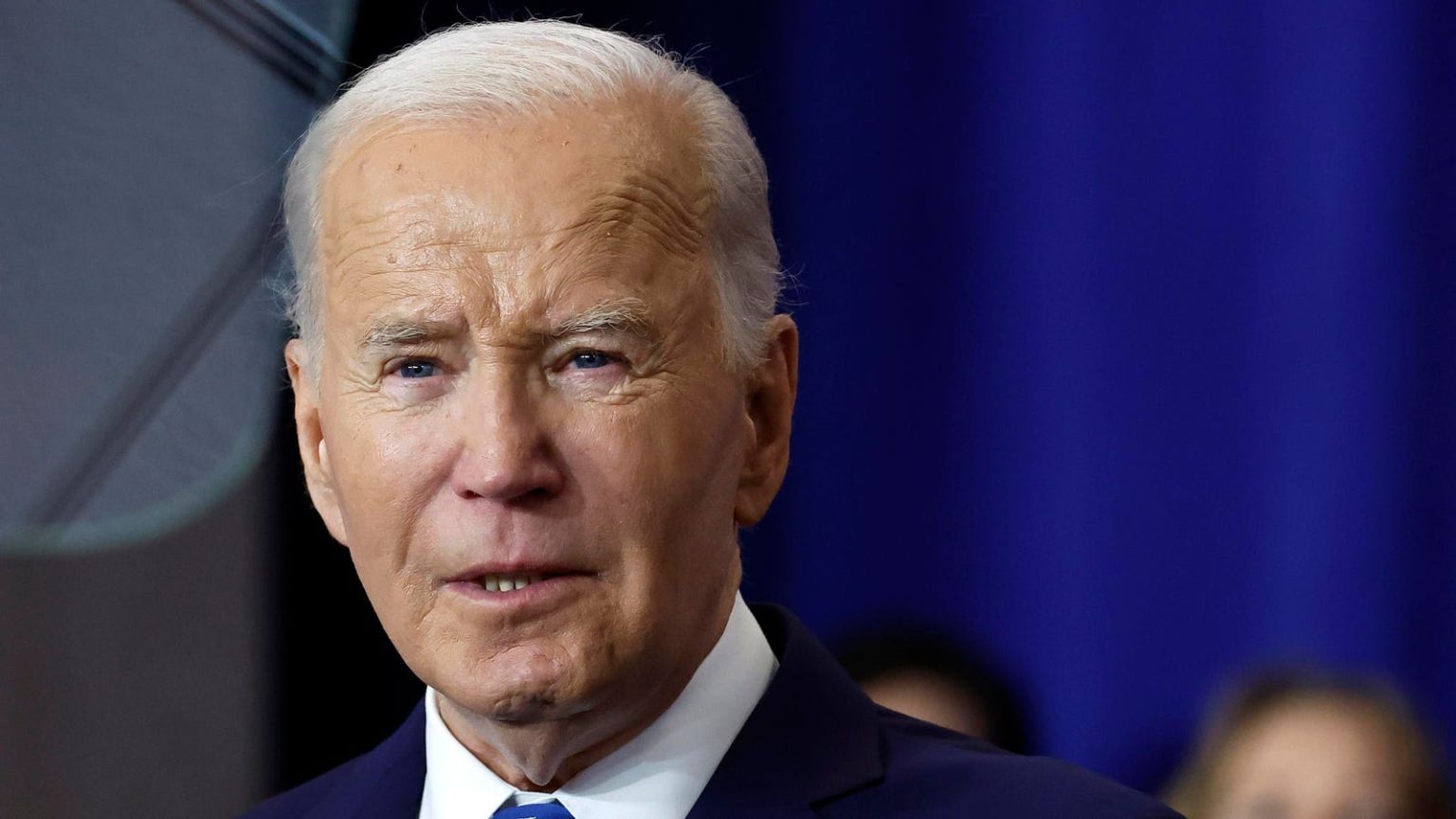The Biden Administration’s Revitalization of the Public Service Loan Forgiveness (PSLF) Program
The Public Service Loan Forgiveness (PSLF) program, established in 2007, aimed to encourage individuals to pursue careers in public service by offering federal student loan forgiveness after 120 qualifying monthly payments. However, in its early years, the program was plagued by low approval rates, complex rules, and administrative hurdles, leaving many eligible borrowers without the relief they expected. Upon taking office in 2021, the Biden administration prioritized reforming PSLF, recognizing its potential to support vital public sector professions. Through a series of initiatives, including the Limited PSLF Waiver and the IDR Account Adjustment, the administration relaxed eligibility requirements, addressed past processing errors, and streamlined the application process. These efforts have resulted in a dramatic increase in PSLF approvals, with over one million borrowers receiving a total of $78 billion in loan forgiveness, transforming the program from a source of frustration to a tangible benefit for public servants.
Key Improvements and Impacts of the Biden Administration’s PSLF Reforms
The Biden administration’s approach to PSLF reform involved a multi-pronged strategy. The Limited PSLF Waiver temporarily broadened the scope of qualifying payments, allowing previously ineligible payments to count toward the 120-payment requirement. This waiver, combined with the IDR Account Adjustment, which provided similar benefits for borrowers on income-driven repayment plans, significantly expanded access to forgiveness. Further, the administration implemented new regulations clarifying qualifying employment and payment criteria, addressing previous ambiguities that had hindered approvals. These reforms not only provided immediate relief to borrowers but also signaled a commitment to improving the program’s long-term functionality. The surge in approvals has underscored the effectiveness of these measures, demonstrating the program’s potential when implemented effectively.
Challenges and Uncertainties Facing PSLF Borrowers
Despite the significant progress made under the Biden administration, challenges remain for PSLF borrowers. Ongoing legal battles over the SAVE plan, an income-driven repayment option often used by PSLF participants, have disrupted progress for many. The resulting forbearance status for affected borrowers does not contribute to PSLF qualifying payments, creating a hurdle for those nearing forgiveness. While the Education Department has offered alternative pathways, such as the PSLF Buyback program and switching to different IDR plans, these options come with their own limitations and processing delays. Furthermore, the impending change in administration introduces uncertainty about the future of PSLF, as the incoming administration may seek to alter or reverse some of the Biden administration’s reforms.
The Future of PSLF Under a New Administration
The legislative foundation of PSLF provides some protection against outright repeal, requiring Congressional action to fundamentally alter the program. However, the incoming administration could influence the program’s effectiveness through regulatory changes, potentially reversing some of the Biden-era expansions. Funding cuts to the Department of Education could also impact program operations and oversight, leading to slower processing and potential errors. While the complete dismantling of PSLF seems unlikely, the specific direction the program takes under the new administration remains uncertain, creating anxiety for borrowers relying on its benefits. The political landscape and budgetary priorities of the incoming administration will significantly shape the future of PSLF and its accessibility for public servants.
The Significance of PSLF for Public Service and the Broader Economy
The PSLF program plays a crucial role in supporting essential public services by incentivizing individuals to pursue careers in fields like education, healthcare, and law enforcement. By alleviating the burden of student loan debt, PSLF enables individuals to pursue these often lower-paying but vital professions, contributing to the overall well-being of communities. Furthermore, the program’s success has a ripple effect on the broader economy, stimulating spending and reducing financial stress for borrowers, which can contribute to economic growth. The stability and effectiveness of PSLF are therefore not only important for individual borrowers but also for the health and vitality of the public sector and the economy as a whole.
Conclusion: The Need for Continued Advocacy and Support for PSLF
The revitalization of PSLF under the Biden administration represents a significant achievement in supporting public service and addressing the student debt crisis. However, ongoing challenges and the uncertain political landscape necessitate continued advocacy and support for the program. Borrowers, public service organizations, and policymakers must work together to ensure the program’s long-term viability and accessibility. Protecting and strengthening PSLF is essential not only for fulfilling the promise made to public servants but also for ensuring a robust and well-supported public sector that can effectively serve the needs of communities across the nation.

